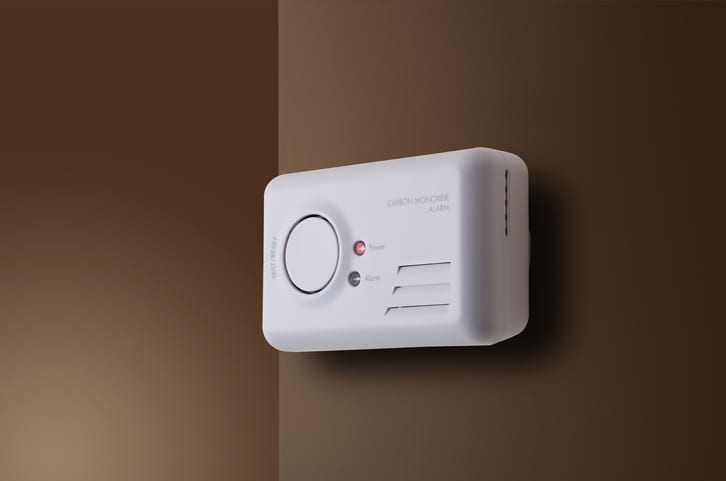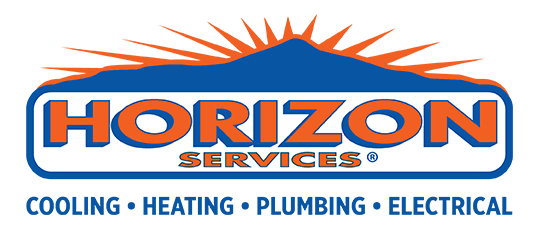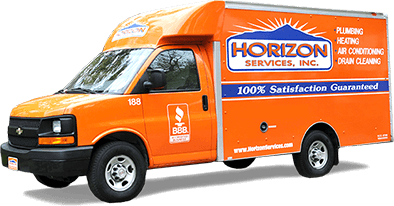
Get The Facts On This Silent Killer.
What is Carbon Monoxide? Carbon Monoxide (CO) is a colorless, odorless, tasteless gas that is produced by the incomplete combustion of fuels – gas, oil, coal and wood used in boilers, engines, oil burners, gas fires, water heaters, solid fuel appliances, car exhaust and open fires. It is also formed in many chemical reactions and in the decomposition of many organic materials.
Toxic amounts of carbon monoxide can accumulate in your home due to:
- Poor installation and maintenance of appliances and heating equipment
- Damage to appliances and heating equipment
- Improper burning of fuel
- Poor ventilation
What are The Effects of Carbon Monoxide?
Carbon Monoxide poisons by entering the lungs through normal breathing and displacing oxygen from the bloodstream. Interruption of the normal oxygen supply shuts down the functions of the heart, brain and other vital organs.
Carbon monoxide poisoning affects people differently depending on the duration and frequency of exposure. Low or moderate levels of carbon monoxide exposure can produce symptoms that may be confused with the flu: persistant headaches, shortness of breath, nausea, dizziness, convulsions, mental confusion, even fainting spells. Prolonged exposure can cause neurological damage. Extremely high levels of exposure can cause death within minutes.
Persons suffering from heart or respiratory health problems, infants and small children, pregnant women, the elderly and pets can be affected by carbon monoxide poisoning quicker and may be the first to show symptoms.
The Centers for Disease Control and Prevention reports that carbon monoxide (CO) exposures and poisonings occur more often during the fall and winter, when people are more likely to use gas furnaces, heaters and generators in their homes. According to CDC statistics, approximately 480 U.S. residents died during 2001-2003 from non-fire-related carbon monoxide poisoning.
The most carbon monoxide exposures occur during the winter months with the highest numbers occurring during December with an annual average of 56 deaths and 2,157 non-fatal exposures and in January with an average of 69 deaths and 2,511 non-fatal exposures.
If You Suspect Carbon Monoxide Poisoning In Your Home
Don’t ignore the symptoms, especially if more than one person is feeling them. You could lose consciousness and die if you do nothing. Play it safe. If you experience symptoms that you think could be from carbon monoxide:
- GET FRESH AIR IMMEDIATELY. Open doors and windows, turn off any combustion appliances and leave the house. During winter months, be sure to open windows periodically to let fresh outdoor air in and stale indoor air out.
- GO TO AN EMERGENCY ROOM. Tell the physician you suspect carbon monoxide poisoning. It can be diagnosed with a simple blood test. The doctor will also want to know the following:
- Do your symptoms occur only when in the house? Do they disappear or decrease when you leave home and reappear when you return?
- Is anyone else in your home complaining of similar symptoms?
- Are you using any fuel-burning appliances in the home? Are they over 10 years old?
- Has anyone inspected your appliances lately? Are you certain they are working properly?
Preventing Carbon Monoxide Poisoning
Take these steps to minimize your risk of carbon monoxide exposure in your home.
- Schedule Regular In-Home Inspections and Tune-Ups. Be sure to have your fuel-burning appliances — including oil and gas furnaces, gas water heaters, gas ranges and ovens, gas dryers, gas or kerosene space heaters, fireplaces, and wood stoves — inspected and tuned up by a trained professional at the beginning of every heating season to detect deadly carbon monoxide leaks.. Your heating professional will also make sure your system is properly configured and meets EPA emission standards. And always get a carbon monoxide inspection and report when buying a new home.
- Proper Ventilation. Choose appliances that vent fumes to the outside whenever possible. Make certain they are properly installed and maintained according to the manufacturers’ recommended maintenance schedule. If you have a fireplace, be sure that chimneys and flues are connected, in good condition, and cleared.
- Don’t Idle Your Car In The Garage. Carbon monoxide fumes can build up very quickly in the garage and make their way into your home…even if the garage door is open. Don’t linger in the garage with the door closed. And make sure the door is open when you start the car.
- Don’t use gas ovens to heat your home, even for a short time.
- Don’t use charcoal grills or gasoline-powered engines indoors.
- Don’t go to sleep in any room with an unvented gas or kerosene space heater.
A Word About Carbon Monoxide Detectors
A carbon monoxide detector is a device that detects the presence of carbon monoxide within the home. They are usually placed near the floor or a ceiling. If a high level of CO is detected, the device sounds an alarm, giving people a chance to ventilate the area or safely leave.
The U.S. Consumer Product Safety Commission (CPSC) recommends that every home should have at least one carbon monoxide detector. The CPSC recommends that all detectors meet the requirements of the most recent Underwriters Laboratories (UL) 2034 standard or International Approval Services 6-96 standard.
Carbon monoxide detectors are widely available in many home stores and you may want to consider buying one as a back up — BUT NOT AS A REPLACEMENT for proper use and maintenance of your heating system. appliances. The devices, which retail for $20-$60 can either be battery-operated or AC powered. Some come as dual smoke/carbon monoxide detectors.


